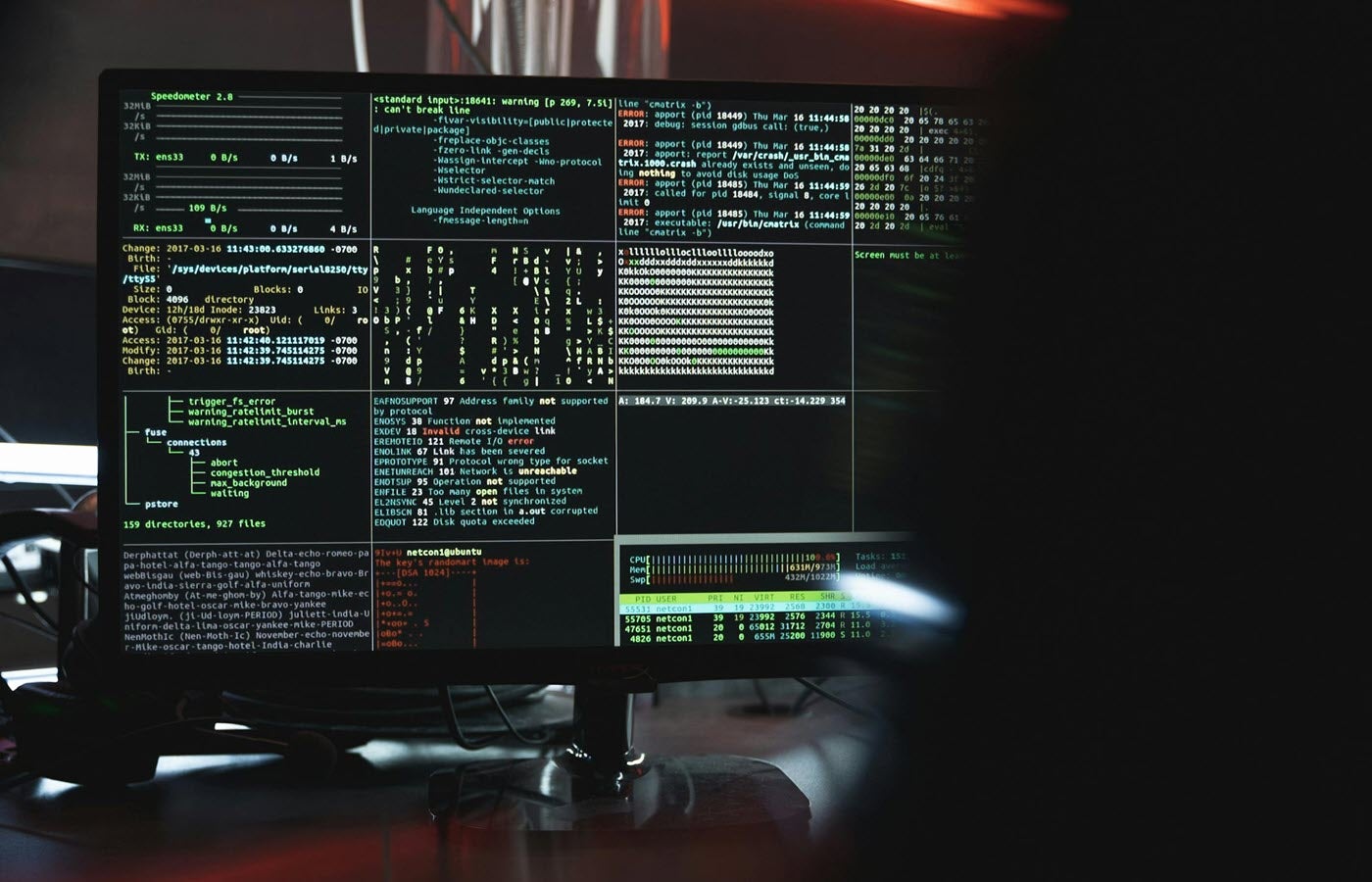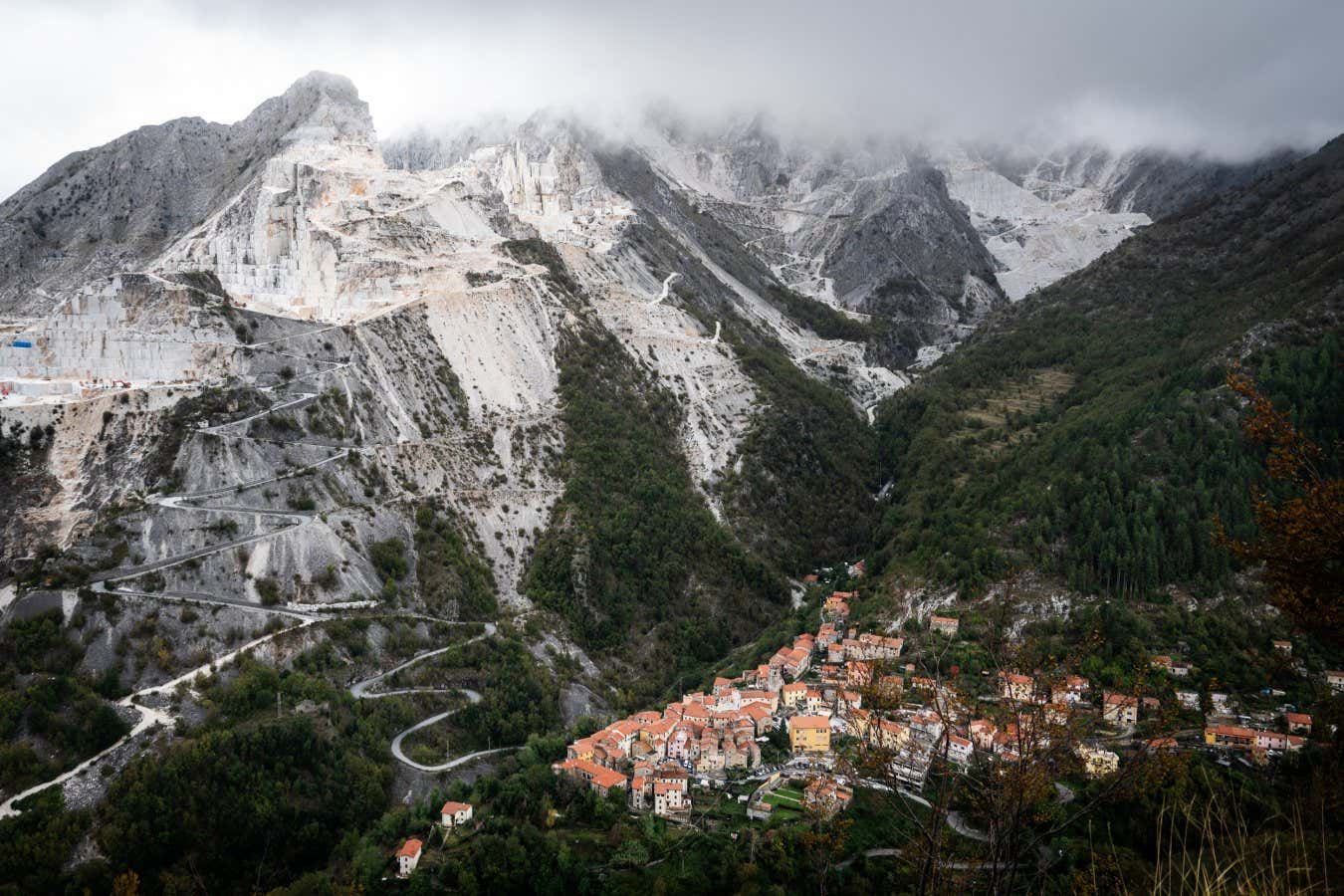A review of a book on international relations could not have come at a better time. The world is yet to come to terms with Donald J Trump coming back to the Oval Office for his second non-consecutive term; and much of the apprehension comes from what is in store for the international political and economic systems. Europe is worried about the future of NATO and the war in the Ukraine; other regional groupings like the BRICS and the QUAD, for instance, are worried about different things like retribution for pushing a non-dollar currency or coughing up more for defence of the Indo Pacific; and the tariff war that is likely to break out should Washington target China, Canada and Mexico.
And these are only a few. Central and Latin America are looking at the prospect of millions of illegals in the United States being forcibly deported, the first stop being internment camps along the border. For that matter millions of Indians seem less worried about the hapless 600,000-odd of their compatriots in limbo but more about the future of H1B, tourist visas and green cards. Suddenly parts of the world seem gripped in some sort of anxiety
It is in this context that Dhruva Jaishankar’s Vishwa Shastra: India and the World offers a refreshing breather, looking at events,
happenings and responses with a perspective and in the fine mix of culture, civilization, history, geography, all of which contribute to the explanation of why nations behave the way they do. Vishwa Shastra explains in a succinct fashion as to where India is coming from and its relationships be it with Russia and Ukraine, Gaza or India’s interactions with China and the immediate neighborhood. All this explained in an easy to understand straightforward fashion without getting wrapped in esoteric grand theories.
Vishwa Shastra — a treatise on world politics — is essentially divided into two parts: history and strategy. In the first the author, aside from the cultural and civilisational underpinnings of India, looks at pre-Independence, the period of non-alignment (1947-71), of interventions and alignment (1971-91), liberalisation and American unipolarity (1991-2008), opportunities and China’s rise (2008-24). In the section on strategy would be security and prosperity; neighborhood first, acting East, thinking West leading to a leading power in the shaping of the international order.
Written for a diverse audience — for a student of social science, civil services aspirant or even a seasoned diplomat — Jaishankar moves away from the polemical to being descriptive and in the process debunking the notion that India somehow lacked a strategic culture or even a capacity for strategic thought. Putting it differently, India has certainly the capacity to look at the return of the second Trump administration not just in terms of the H1B, for New Delhi well understands that issues of immigration are domestic domains of nation states; rather the current dispensation is more interested in the implications for Europe, the Indo-Pacific and issues of bilateral and multilateral trade. India has the strategic wherewithal to think and act to protect its national interests, objectives and priorities.
Jaishankar effortlessly puts forth the rationale for his masterpiece: “It tells the story of an India that witnessed complex discussions about its place in international affairs, made tough decisions,
endured daunting challenges, and played a more active global role than is not often understood.”
The author traces India’s earlier interactions not just with the North and West but also to the East and South; the years of change in the 1990s as the erstwhile Soviet Union’s Afghanistan invasion fell by the wayside leading to the breakup of the USSR; a look East policy and the gradual opening out to the Jewish state of Israel. But between 2008 and 2024 India had to confront, as Jaishankar points out elaborately, several strategic challenges.
Heading that list is in a realisation that prosperity does not happen in a vacuum, but in the context of significant changes to the international system, globalisation and global governance. “The idea that unfettered globalisation renders benefits without risks can no longer be assumed”, warns the author, going on to point out that India needs to ensure a peaceful and a well-integrated neighborhood as well as keeping in mind a formidable China, a persistent challenge from a “revisionist” Pakistan, in spite of a shift in power disparity in favour of India, along with the several transitional and non-traditional challenges to India’s welfare like climate change, food and terrorism.
Perhaps one of the telling reminders of Jaishankar to policy makers is in a need to look at the domestic bases. “Addressing these challenges will require taking diverse steps over the coming years and decades. But, to start, foreign policy will have to begin at home”, he says even while stressing that the important lesson being that liberalisation alone will not address India’s developmental challenges and that the country must invest in security and prosperity.
This leads Jaishankar to an accent on critical priorities such as improving military preparedness, implementing industrial policy, securing the Indian Ocean, connecting with South East Asia,
managing competition with China, revitalising multilateral institutions and building new coalitions, to mention a few.
“… the world represents considerable opportunities and diverse challenges for a rising India”, Dhruva Jaishankar reminds his audience. The author’s intellectual stream runs throughout the book, the eloquence of which cannot be divorced from the pedigree – his grandfather Krishnaswamy Subramaniyam was seen as the captain of India’s strategic pool and his father S. Jaishankar, the person currently helming India’s foreign policy.
(The reviewer is a senior journalist having been in Washington D.C. for 14 years covering North America and the United States; and in academics for more than a decade as Professor and Deputy Dean in the Faculty of Science and Humanities, SRMIST)
Check out the book on Amazon.








Leave a Comment